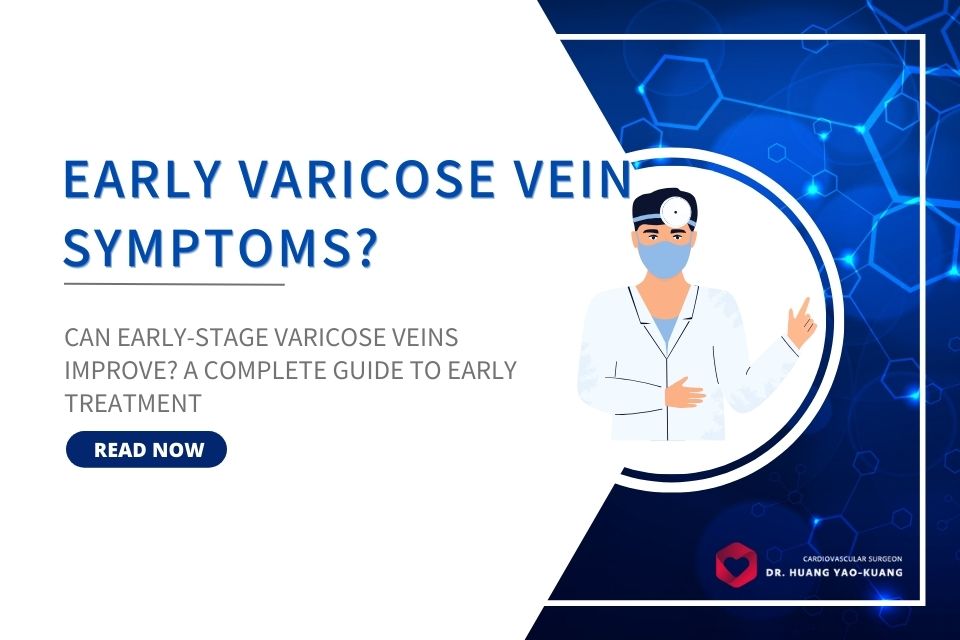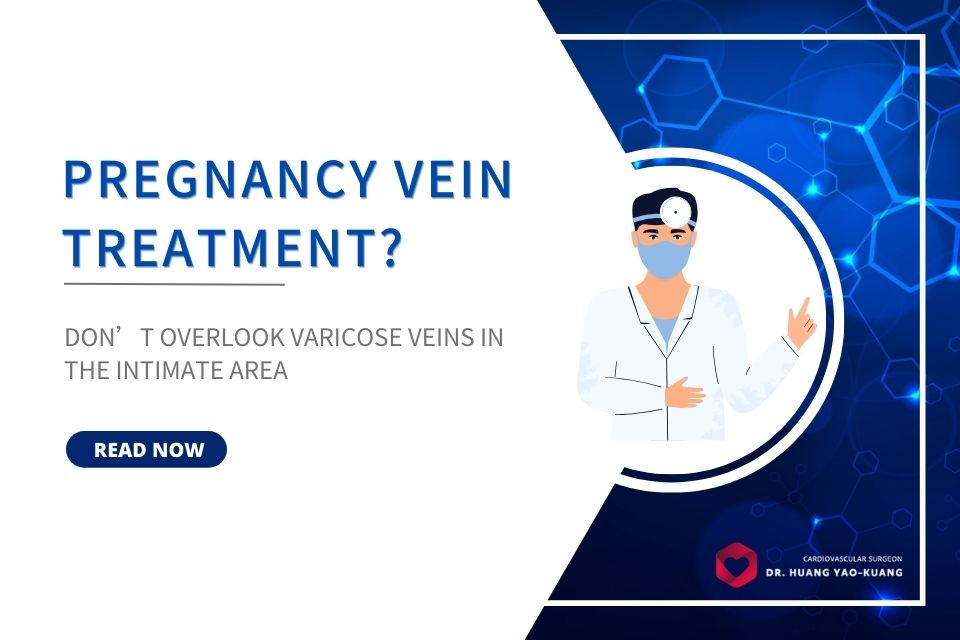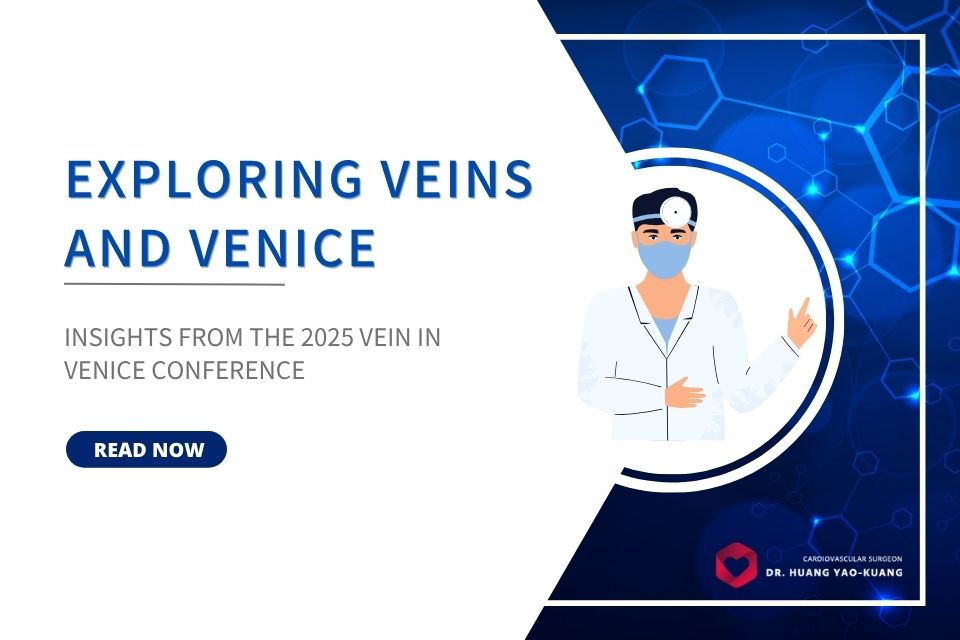
Could a Varicocele Be Causing Your Infertility? 6 Warning Signs Not to Ignore
Could a Varicocele Be Causing Your Infertility? 6 Warning Signs Not to Ignore
Through our non-toxic full-vein MRI imaging, we discovered that in women, approximately one-third of Pelvic congestion syndrome cases are caused by gonadal vein reflux. In men, gonadal vein reflux also occurs—this troublesome condition is known as varicocele.
Varicocele refers to the dilation and enlargement of veins within the spermatic cord near the testicles, which may appear like a bag full of worms.
Is it possible for varicocele to heal naturally?
Not likely. Varicocele is a chronic vascular condition characterized by the dilation and twisting of veins within the spermatic cord, resulting in blood reflux. It rarely resolves on its own, especially when it negatively impacts male fertility or quality of life. In such cases, spontaneous recovery is uncommon.
Quick Overview of Varicocele
6 Major Symptoms of Varicocele You Should Watch For
If you experience any of the following symptoms, it's important to pay attention. If they persist, it is recommended to seek medical evaluation as soon as possible:
- Pain or discomfort in the testicles
- Testicular atrophy (shrinkage)
- Decreased sperm count in semen
- Reduced fertility
- Swelling or a rope-like feeling in the spermatic cord
- Unsightly appearance
Causes of Varicocele
Varicocele may be caused by factors such as impaired blood outflow, increased intra-abdominal pressure, or venous valve dysfunction. It commonly occurs in young men after puberty but can also develop at other ages. Studies indicate that up to 20% of men may have varicocele.
Veins in the spermatic cord are meant to carry blood from the testicles back to the heart. However, in the case of varicocele, these veins malfunction due to blood reflux.
This dysfunction leads to dilation and enlargement, potentially affecting the surrounding testicular tissue—more frequently on the left side than the right—and impacting the male reproductive system.
What If Varicocele Causes Infertility?
The main reasons varicocele can lead to male infertility include:
- Local blood pooling increases testicular temperature
- Local hypoxia and disrupted metabolism in the testicles
- Communication and interconnection between the venous plexus of both testicles
- Reduced testosterone secretion
- Reflux of toxic substances in the blood impairs sperm production
While not all men with varicocele become infertile, the condition varies by individual. Clinical research has shown that approximately 40% of men with infertility are diagnosed with varicocele, and around 60% of varicocele patients have lower semen quality compared to men without the condition.
Mild cases of varicocele may improve within a few weeks to months after treatment. Some patients may see significant improvement shortly after surgery or interventional therapy, while more severe cases may take longer to show results. Regular follow-up examinations every 1–2 years are recommended.
Get Expert Cardiovascular Advice Now
Expert Surgeons for Comprehensive Cardiovascular Treatment!
Instant Online Consultation Available
What Are the Surgical Treatment Options for Varicocele?
There are several surgical options available for treating varicocele. The main goal of these procedures is to correct the abnormal veins in the spermatic cord and prevent blood from refluxing into the scrotum.
Common surgical techniques include: traditional or microsurgical varicocelectomy, laparoscopic high ligation of the spermatic vein, varicocele embolization, and MRI-guided non-toxic varicocele occlusion developed by our team.
| Surgery Type | Traditional or Microsurgical Varicocelectomy | High Ligation of the Spermatic Vein | Varicocele Embolization | MRI-Guided Varicocele embolization |
| Description | Low/high/microsurgical ligation near the testicle via the inguinal canal, tying off affected veins individually | Laparoscopic high ligation via abdominal or retroperitoneal access to block venous reflux | Insertion of a catheter through the femoral vein into the inferior vena cava and then into the left testicular vein to block reflux | Developed by the Chang Gung team in 2017, used for varicocele and pelvic venous disorders, combining MRI for precise treatment |
| Advantages | One of the most widely used methods. Enhanced visual field reduces risk of injuring testicular artery | More efficient vascular occlusion. Better hemostatic instruments. Blocks reflux at a higher point | Minimally invasiveNo surgical incision. Performed under local anesthesia. Immediate intraoperative effect validation | Non-toxic imaging reduces radiation risk. Preoperative detection of potential pelvic issues. Clear treatment planning. Offers new treatment choices |
| Risks | If the ligation site is too low, recurrence may occur | Requires general anesthesia. More postoperative pain possible | Requires radiation-based equipment. Preoperative vascular route is uncertain | Allows for pre-procedure planning and accurate execution. Enables postoperative follow-up. Minimizes risk of venous neuralgia. High patient satisfaction—our team’s key strength |
1. Traditional or Microsurgical Varicocelectomy
Based on the height of the incision, this surgery has various names such as low ligation, high ligation, or inguinal varicocelectomy.
Whether low, high, or inguinal microsurgical approaches are used, the procedure involves visually identifying and individually tying off veins near the testicle under direct vision.
Advantages
This surgical method has been widely used since the last century and remains one of the most common treatments for varicocele.
Risks
- If the ligation is not performed at a high enough level, some converging veins may be missed, leading to early recurrence of varicocele.
- It is difficult to distinguish arteries, veins, and lymphatic vessels at higher ligation levels under direct vision, which may increase the risk of testicular atrophy.
- High-level ligation requires general anesthesia via intubation or spinal anesthesia, and care must be taken to avoid injury to the ureter.
- The incision is relatively large, and the disruption of abdominal wall muscles may impact muscle recovery or even cause abdominal wall hernias.
2. Laparoscopic or Retroperitoneoscopic High Ligation
This method uses endoscopy to access and ligate the spermatic vein through the abdominal or retroperitoneal space.
Advantages
Laparoscopy provides a magnified view that allows more precise vascular ligation and reduces the risk of damaging the testicular artery. Various tools assist with hemostasis. This method also allows for higher-level ligation of refluxing veins.
Risks
- Laparoscopic surgery requires insufflation of the abdominal cavity and must be performed under general anesthesia with endotracheal intubation.
- Three to four small incisions (each about 0.5 cm) are made in the abdominal wall, which may cause more postoperative pain.
- Typically, one to two veins are ligated. Since the surgery is performed inside the abdominal cavity, there is a risk of bowel adhesion.
- Retroperitoneal access can reduce complications related to intra-abdominal procedures, but it still requires general anesthesia and incisions.
3. Varicocele Embolization
Through a small puncture in the groin (femoral vein), a catheter is inserted into the inferior vena cava, then advanced through the left renal vein into the left testicular vein to block reflux.
This is considered a logically sound and increasingly adopted method since the early 2000s.
Advantages
Minimally invasive embolization is a non-surgical method that addresses varicocele at its source.
It can be performed under local anesthesia, and the effectiveness of the treatment can be verified during the procedure.
Risks
Use of radiation is necessary to operate the embolization equipment.
It is difficult for the patient to know in advance which vascular intervention will be required.
4. MRI-GuidedVaricocele Embolization
Our team at Chang Gung first developed a non-toxic full-vein MRI technique in 2017, originally applied to the treatment of leg vein disease.
With accumulated experience, we expanded our focus to pelvic venous disorders such as ovarian vein reflux, which is considered the female equivalent of varicocele.
In some male patients with coexisting varicose veins in the legs and gonadal vein reflux (i.e., varicocele), we may consider simultaneous embolization to reduce recurrence risk and improve appearance.
Under MRI guidance, the physician can explain the surgical plan to the patient.
MRI-guided non-toxic embolization provides a new treatment option for male varicocele.
In addition to detecting potential pelvic issues in advance, this method also helps determine whether to proceed with venous intervention after establishing the treatment plan.
Get Expert Cardiovascular Advice Now
Expert Surgeons for Comprehensive Cardiovascular Treatment!
Instant Online Consultation Available
Overview of Diagnostic Methods for Varicocele
The diagnosis of varicocele typically involves clinical evaluation, medical history review, and several specific tests. Below are common diagnostic methods used to confirm varicocele:
Clinical Evaluation
The physician will ask about the patient’s medical history, including symptoms, pain, or fertility issues. A physical examination is conducted to check for swelling, palpable veins in the spermatic cord, and testicular size or asymmetry.
Ultrasound Examination
Ultrasound is one of the most commonly used methods to confirm varicocele. This test allows physicians to assess the vascular condition within the spermatic cord and determine the presence of blood reflux or dilated veins. It is generally painless and non-invasive.
Spermatic Cord Hemodynamic Evaluation
This examination is used to assess blood flow in the spermatic cord region and helps identify any issues with venous reflux.
Testicular Scintigraphy
A nuclear medicine scan using radioactive isotopes to evaluate testicular function and blood flow.
Non-Toxic Full-Vein MRI (2D Phase-Contrast MRI)
During routine evaluation of patients with Varicose Veinscardiovascular surgery、vascular surgeon in the legs, I discovered through preoperative phase-contrast MRI (PC MRI) that some patients also had varicocele.
In these patients, the cause of varicocele is similar to that of pelvic congestion syndrome in women—excessive blood flow from the renal vein passes through the gonadal vein and reaches the testicles.
However, there are two key anatomical differences between male and female gonadal vein varicosities:
- In males, the endpoint of the gonadal vein is outside the pelvic cavity, whereas in females, it terminates within the pelvis.
- Anatomically, males have more branching in the gonadal veins, which makes the venous structure appear more complex.
Frequently Asked Questions About Varicocele
Q1: Can varicocele be improved with medication?
Is there reliable medication to relieve varicocele? Currently, the main treatment for varicocele relies on surgery, as medications have limited effectiveness.
Drugs may help relieve pain or inflammation but cannot cure varicocele or improve fertility. Surgery is generally the first-line treatment for this condition.
Q2: What should I avoid if I have varicocele?
Avoid wearing overly tight pants, standing or sitting for long periods, or straining excessively. These actions help maintain proper blood circulation in the veins.
Q3: Does varicocele cause swelling in appearance?
Yes, varicocele is often associated with visible swelling, especially in the testicular area. This may be caused by venous blood reflux. It's important to watch for symptoms such as scrotal swelling or a rope-like mass in the spermatic cord.
Mild symptoms may gradually improve with lifestyle changes, such as avoiding prolonged standing.
Q4: Is prolonged standing a cause of varicocele?
Prolonged standing or sitting can be a risk factor for varicocele, though it is not the sole cause. Other factors such as genetics, vascular abnormalities, and valve dysfunction in the veins can also increase the likelihood of developing varicocele.
Q5: Is the recurrence rate of varicocele high?
The recurrence rate of varicocele varies depending on the individual and the treatment method used.
Some studies show that surgical treatment has a high success rate, but recurrence is still possible. The risk depends on the surgical technique and how well the patient follows medical advice.
Q6: What are the ways to relieve varicocele?
Relief options include surgical treatments such as varicocelectomy or embolization, as well as non-surgical methods like medication and lifestyle modifications such as avoiding prolonged standing.
Who should I consult for varicocele treatment?
Our Cardiovascular Surgery team at Chang Gung Memorial Hospital is dedicated to medical research, education, and providing advanced treatment options to ensure the best care for our patients.
If you are experiencing discomfort or cosmetic concerns caused by varicocele, feel free to consult with us for further evaluation and discussion.
Get Expert Cardiovascular Advice Now
Expert Surgeons for Comprehensive Cardiovascular Treatment!
Instant Online Consultation Available


